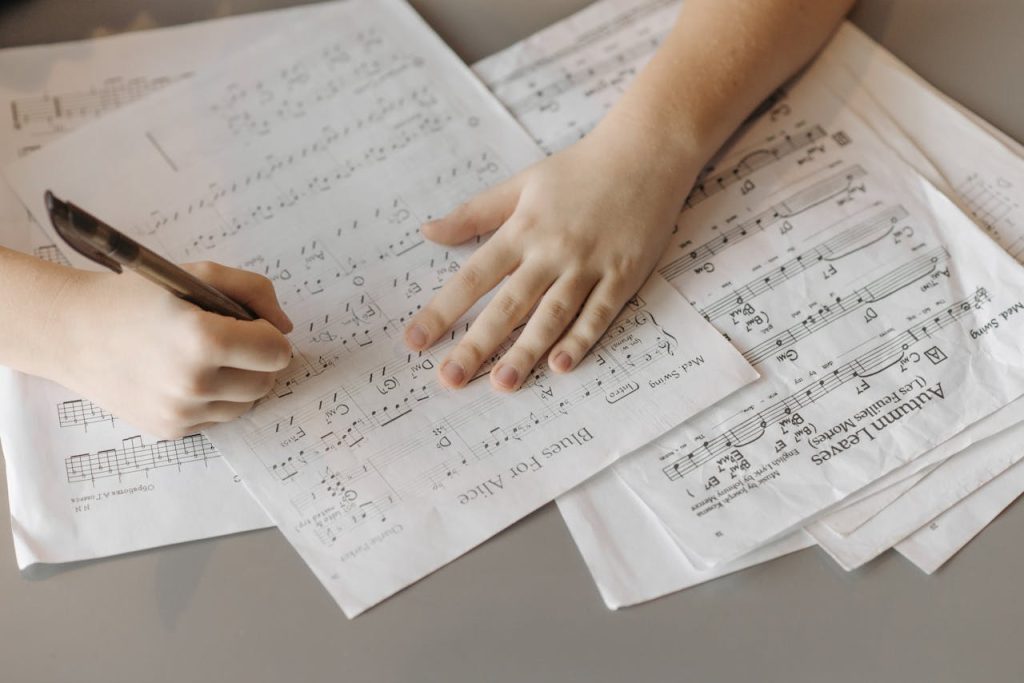The world of piano and music theory isn’t just alive—it’s evolving faster than ever. Thanks to social media, streaming platforms, and AI technology, music learning is shifting in new and exciting ways. Whether you’re a curious parent, a student, or a fellow teacher, here’s what’s buzzing right now in the world of piano and theory.
1. TikTok & YouTube Are Driving Theory Learning
Short-form videos are making music theory more accessible than ever. Creators are breaking down complex ideas—like chord progressions, modes, and even jazz in bite-sized clips.
As a piano teacher, I love seeing how these tools inspire curiosity and reinforce what we learn in lessons.
2. AI Tools for Piano Players
Apps now let students isolate vocals, extract chords, and even generate full piano accompaniments from a single melody. Some platforms will even write sheet music from your humming!
This changes how we learn theory—students can now “see” how music is built in real time. Instead of just memorizing chords, they can explore how they sound and function in context.
3. Global Sounds = More Theory Exploration
Thanks to the internet, students are discovering music beyond Western traditions. Songs from K-pop, Bollywood, Afrobeat, and Latin genres are inspiring young pianists to dive into non-traditional scales, modal harmony, and syncopated rhythms.
In lessons, this opens the door to questions like:
- “What’s a pentatonic scale and why does it sound so familiar?”
- “Why do some songs avoid major or minor keys completely?”
It’s theory—but in a fun, globalized way.
4. Lo-Fi & Minimalist Piano Music
One of the most viral piano genres right now is lo-fi—slow, peaceful, emotionally simple tracks that are streamed for studying, relaxing, or sleeping. It’s built on:
- Minimal harmonic changes
- Simple melodies
- Soft dynamics and ambient textures
For students, this trend reinforces that you don’t need to play fast or flashy to make something meaningful. It’s a great exercise in restraint, harmony, and mood.
5. Video Game & Film Music Driving Interest in Theory
More students than ever are asking to learn music from:
- Zelda, Final Fantasy, and Genshin Impact
- Studio Ghibli & Hans Zimmer scores
- Indie games with piano-based soundtracks
Why? Because these scores are full of rich harmonies, unique scales, and strong emotional arcs. It’s a perfect way to teach modulation, phrasing, and storytelling through music theory.
Final Thoughts: Why This Matters
Music theory isn’t about rules—it’s about understanding. These trends show that students today want to feel the music, explore new sounds, and connect theory to their favorite styles.
As a teacher, I see more engagement when students learn:
- Why chords sound the way they do
- How patterns repeat in pop songs
- And how music from around the world shares common “musical DNA”
If you’re a parent, encourage your child to explore what excites them. If you’re a student—ask questions! The more you explore, the more music opens up.

